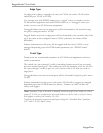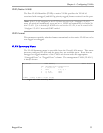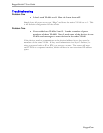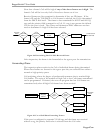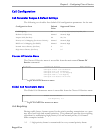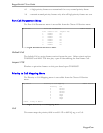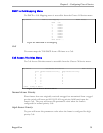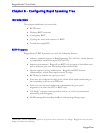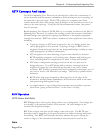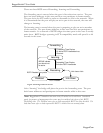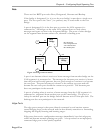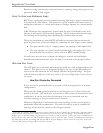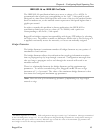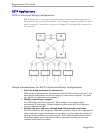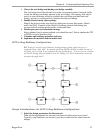
RuggedSwitch™ User Guide
Chapter 6 – Configuring Rapid Spanning Tree
Introduction
This chapter familiarizes the user with:
• RSTP Issues
• Planning RSTP networks
• Configuring RSTP
• Viewing the status and statistics of RSTP
• Troubleshooting RSTP
RSTP Features
RuggedSwitch™ RSTP provides you with the following features:
• Industry standard support of Rapid Spanning Tree (802.1w), which features
a compatibility mode with legacy STP (802.1d).
• Superior performance. RuggedCom RSTP will recognize a link failure and
put an alternate port into forwarding within milliseconds.
• Special support for ring architectures. RuggedCom RSTP features
enhancements, which allow rapid recovery in rings.
• RSTP may be enabled on a per-port basis.
• Ports may be configured as edge ports, which allow rapid transitioning to
the forwarding state for non-STP hosts.
• Path costs may be hard configured or determined by port speed
negotiation, in either the STP or RSTP style.
• Full bridge
1
and port status provide a rich set of tools for performance
monitoring and debugging.
• SNMP manageable including newRoot and topologyChange traps.
1
Historically, a device implementing STP on its ports has been referred to as a bridge. RuggedCom uses the term
bridge and switch synonymously.
RuggedCom



